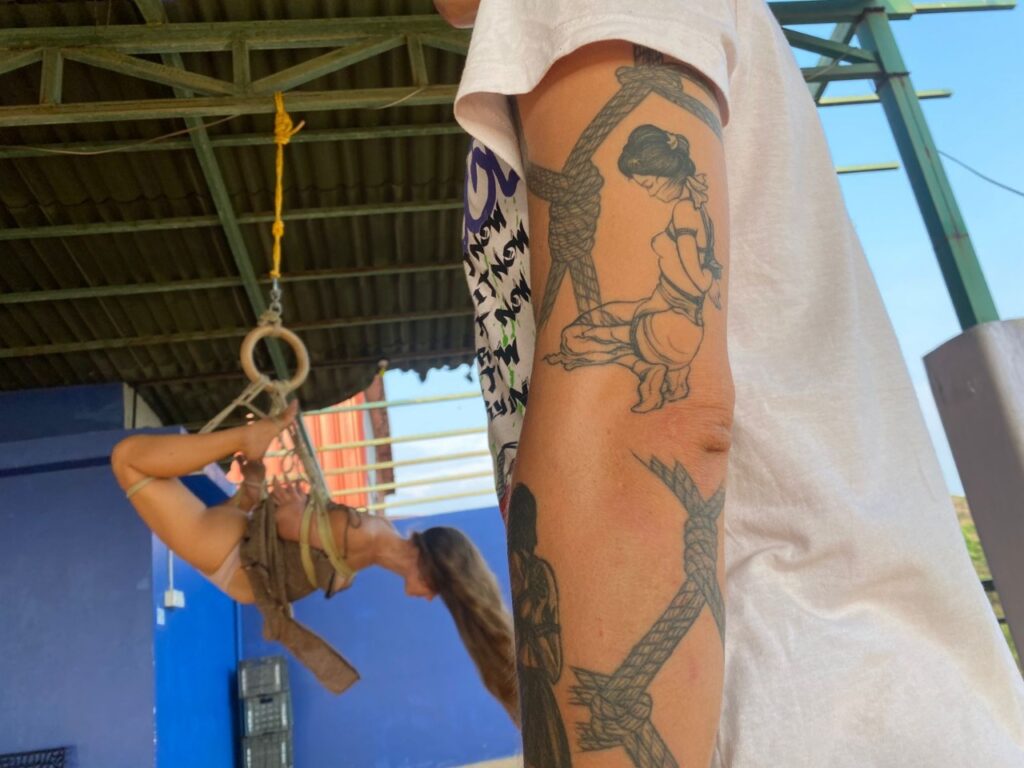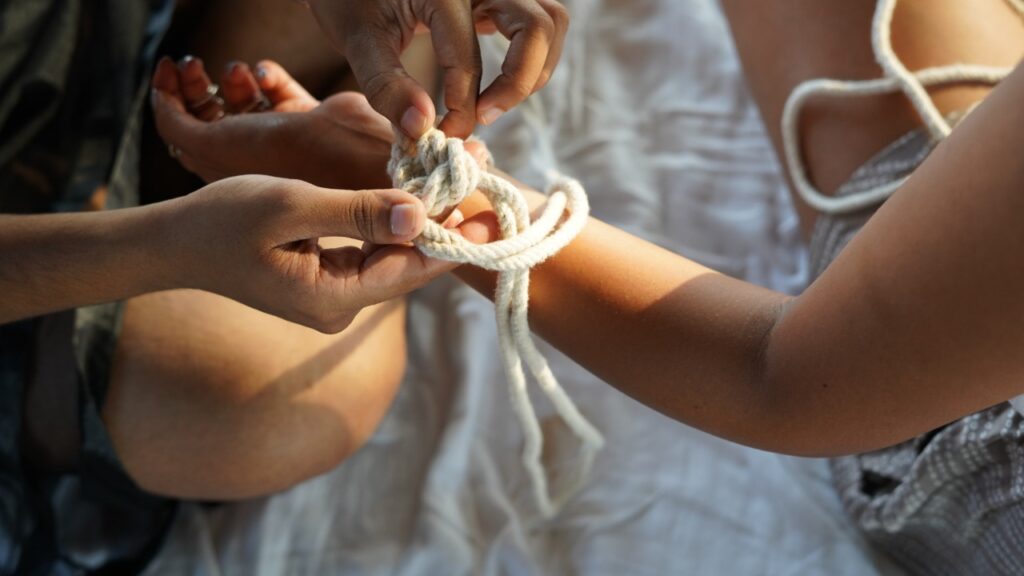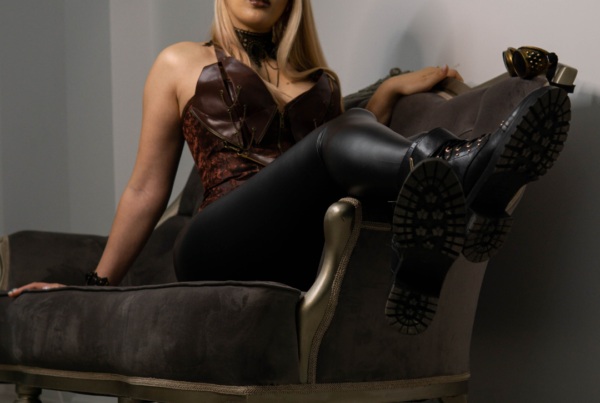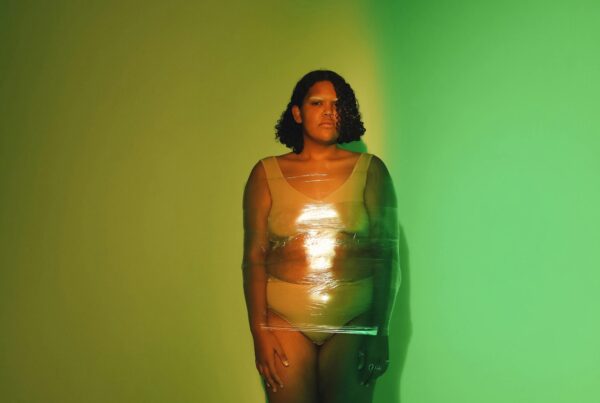Trigger Warning: Sexual Assault, Trauma.
When I was around 12 or 13 years of age, I was sexually assaulted. The incident left me reeling from any kind of physical contact. I hated being touched. A teacher trying to assist me led to me breaking down in a school hallway. As someone whose love language is physical affection, the incident led to even more heartbreak as I could no longer feel close to my friends or family members. I couldn’t hug anyone, couldn’t have a friend sling their arm around my shoulders, couldn’t let my little sister hug me. As I grew older, even dating became harder, as I couldn’t connect with my partners. No cuddling, no physical affection, I almost thought I had become asexual. One of my partners at the time even cheated on me, and their infidelity made me lose all hope in relationships, for the longest time.
I still tried though. And I came across a partner, who understood me, in a way that nobody had. We explored polyamory together, attended relationship counseling, and worked on healing each other’s traumas. He helped me get over my fear of touch. But I still felt so little that I assumed I had a low libido. That was when we decided to kick it up a notch and explore BDSM.
BDSM stands for bondage and discipline (B&D), dominance and submission (D&S), and sadism and masochism (S&M).
 The term kink in human sexuality refers to using non-conventional sexual, sensual, or intimate practices, concepts, or fantasies. BDSM is one form of kink. Basically (like anything else), both kink and BDSM are specific to every consenting human involved — and that’s the magic of it.
The term kink in human sexuality refers to using non-conventional sexual, sensual, or intimate practices, concepts, or fantasies. BDSM is one form of kink. Basically (like anything else), both kink and BDSM are specific to every consenting human involved — and that’s the magic of it.
I felt so in control of everything that was happening in the bedroom, and I could take charge, and not feel like a victim anymore. It helped me heal from my trauma and take back power. Also, it’s just a beautiful thing to experience the kind of love and trust that is involved in BDSM.
My biggest challenge, however, was bondage. Bondage is the use of physical restraints to prevent a partner’s movements – with their consent of course. My partner was rather eager to try it out, but the moment I felt the rope around my wrists, I broke down. I was getting flashbacks to the assault. We immediately stopped and he soothed me while I tried to understand why I was so scared of having my access to movement taken away from me. I wanted to move past this, I wanted to be able to trust my partner with myself, and know that I won’t be harmed. Bondage to me was an act of such deep vulnerability, a state of mind to be cherished, not feared.
 So, we kept trying. Even to this day, there are some days when my fear kicks in and I can’t let myself be tied up. But I’ve grown to realize that I can trust people once more, that my partners and I deserve to see me being vulnerable, and that I am not weak.
So, we kept trying. Even to this day, there are some days when my fear kicks in and I can’t let myself be tied up. But I’ve grown to realize that I can trust people once more, that my partners and I deserve to see me being vulnerable, and that I am not weak.
The most recent breakthrough was at our Kink On The Beach workshop in Goa. The shibari session had me feeling nervous, but after getting to know everyone, and talking to them, I decided to try and see what I’d feel about being used as a practice partner for other people to tie their knots on. It took every ounce of my will to not move as my workshop partner, a stranger to me, took the rope in their hands. But the gentleness they showed me, talking me through the process, checking in on how I was feeling, all of it made a world of a difference.
 By the end of the workshop, when the last knot was untied from my feet, I felt free. The kind of healing and growth I’ve achieved is owed to BDSM and kink, in so many ways. I would have never gotten control of my body, of my power, if it wasn’t for the intimate, safe BDSM communities I have been a part of. I owe them everything.
By the end of the workshop, when the last knot was untied from my feet, I felt free. The kind of healing and growth I’ve achieved is owed to BDSM and kink, in so many ways. I would have never gotten control of my body, of my power, if it wasn’t for the intimate, safe BDSM communities I have been a part of. I owe them everything.
Trauma can always be healed. We all just heal our wounds in different ways. And to me, BDSM is a valid way of healing from sexual assault as any kind of therapy.





